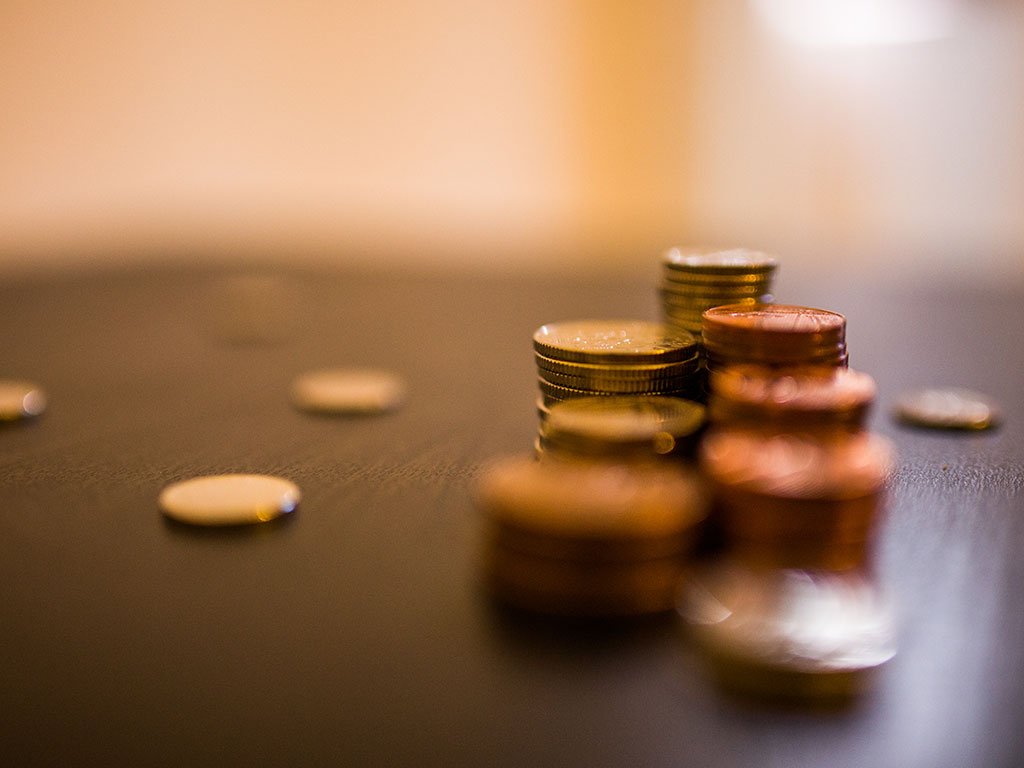If I were a dividend, I’d fire my press agent. I’d be jealous and feel neglected because stock prices get a lot more attention than they deserve. The only time dividends make headlines is when they get reduced, because dividend cuts (or omissions) often go hand in hand with stock price declines. The stock is a victim; the dividend is the bad guy.
But if I were a dividend, I’d be more upset because I never get the credit I deserve. Over the past century dividends delivered close to half of all stock market returns. Think about that. If you were fortunate to be alive for the past 100 years and had your money invested in the stock market, half of your returns would have come from dividends.
However, the above statement needs an important clarification: It sometimes takes decades for investors in broad stock market indexes to obtain “average” returns. Historically, the stock market has gone through exciting phases of above-average returns (secular bull markets), which were usually followed by less satisfying phases of below-average returns (secular sideways markets), each lasting about a decade and a half.
I have written about why my research leads me to believe we are in a long-lasting sideways market. During the past three sideways markets, dividends were responsible for more than 90 percent of stock market returns. Yet the current dividend yield of the S&P 500 index is only 2.1 percent, less than half of what stocks yielded, on average, over the past century.
A few months ago a client asked my firm if we could come up with a defensive stock portfolio that would yield more than 7 percent. In an environment in which the Federal Reserve has let loose a jihad on interest rates and carpet bombed anything even remotely resembling yield through its purchase of riskless (or near-riskless) instruments of all durations, I thought it was not doable. Most stable, income-producing assets (I am not even talking about bonds), such as real estate investment trusts, yield a miserable 3 percent or so and are likely to be candidates to short, not buy, in the long run.
To my surprise, we have been able to identify a diversified portfolio of 20 stocks that meet the 7 percent hurdle. We have had to step outside the U.S. of A.: Half of the portfolio is in European (mostly multinational) stocks, a quarter is in master limited partnerships, and the rest is in plain-vanilla U.S. equities.
Here are two stocks that we are considering for the portfolio:
Vodafone Group is one of the largest global mobile phone companies in the world and yields more than 8 percent, counting annual recurring “special” dividends. It has an A-rated balance sheet, and it can pay off any annual debt maturity from its ample free cash flow. In addition, at some point Europe will come out of what seems to be a perpetual recession, and Vodafone’s earnings growth will accelerate. The company’s crown jewel — its 45 percent stake in Verizon Wireless — will be monetized. The Indian market, where Vodafone is a big player, will continue to improve, and the company will start earning a reasonable return on investment there. Last, our societal addiction to being able to access the Internet anywhere at any time on any device will kick into ever-higher gears, and data sales will accelerate Vodafone’s revenue growth.
Ekornes is a Norwegian manufacturer of pricey furniture that is sold all over the world. Despite making its gorgeous products in high-cost countries like Norway and the U.S., the company is still achieving an impressive return on capital. It is run with Norwegian conservativeness: It has no debt and a cash-rich balance sheet and remained profitable even in the midst of the Great Recession. Its stock sports a yield around 7 percent, which will likely go up once the situation in Europe normalizes.
(We own Vodafone in other portfolios and added to it recently, but after doing more work we decided we need a higher margin of safety for Ekornes, so we passed on it for now.)
Though this may sound banal, I’ve often seen it happen that in the quest for yield in a very low-rate environment, yield can easily turn into a shiny object that obfuscates one’s analytical thinking. Investors suspended their judgment and held on to high-dividend-paying financial stocks in the early phase of the financial crisis because of those dividends — and we know how that story played out.
Analysis of high-yielding stocks should come with a warning label: Dividends are only part of the equation, and one’s analysis of a high-dividend stock should not be any different from that of a low-yielding one. After all, sustainable high-dividend yield is just a by-product of a company’s low valuation (it usually serves as a good indicator of value) and capital allocation decisions.
Once you find a company with a high — and sustainable — dividend yield, its price-earnings ratio has to work a lot less hard for you to receive a good future return.









0 comments